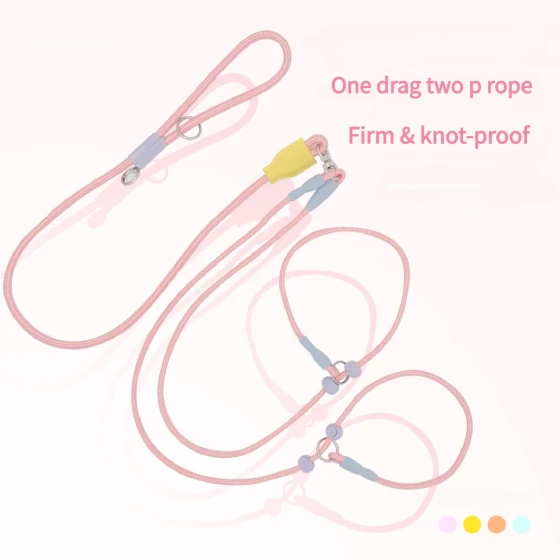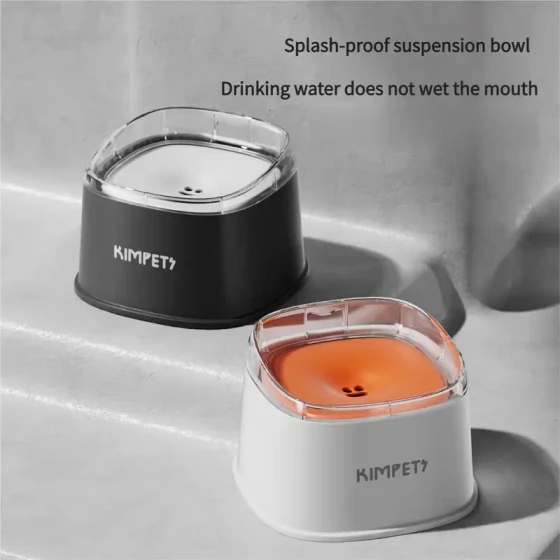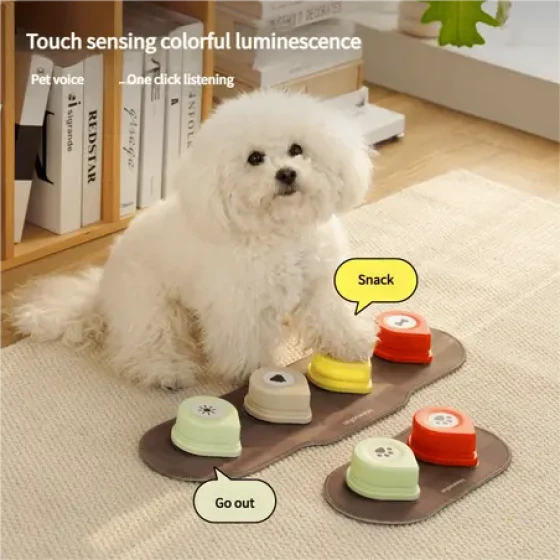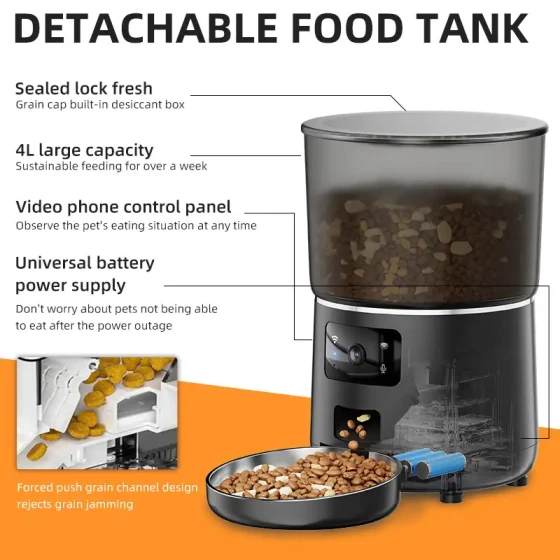Choosing Dog Food for Dutch Lion Dog

Dutch Lion Dog (Detailed Introduction)
Raising a Dutch Lion Dog might seem simple but actually has some complexities. After all, unlike humans, dogs can’t take care of their own feeding and needs; their entire life must be cared for by the owner. Starting with diet, although Dutch Lion Dogs are not very picky with food, responsible owners naturally want their dogs to be both healthy and beautiful. The dog’s staple food is generally dog food, but there are many brands on the market, which can overwhelm newcomers. So let me teach you how to identify quality dog food.
1. Look: Good dog food doesn’t have excessive surface oil but has a compact texture and is not puffed. A lot of surface oil indicates excessive animal fat or spraying of oil on the surface. Fresh meat does not ooze too much oil. There is also dog food whose surface is too dry, texture is light and loose, which means it has been puffed. Such dog food’s nutritional value is predictable.
2. Smell: Good dog food has a relatively mild smell. It has a natural food scent. If the smell is strong, it’s basically not real dog food. Avoid dog food with a strong fragrance, fishy odor, or heavy greasy fishy smell. Strong odors come from spices and additives. Natural ingredients don’t have strong smells, so don’t fall into the misconception that strong-smelling food is better.
3. Taste: Good dog food has no strange taste when chewed. Remember these three “no’s”: no oiliness, no fishy smell, no saltiness. That generally means it’s real dog food. In texture, dog food is fairly compact but crunchy and easy to chew and break. Similarly three “no’s”: not hard, not flaky, not powdery. Remember these tips, next time you buy dog food, try tasting it first; you can then preliminarily determine its quality.
4. Observe stool: Experienced owners can judge dog food quality in advance, but the real verdict comes from the dog’s stool. Good dog food may not look oily, but the stool is shiny. Dog food with high meat content usually results in darker stool. It should be well-formed, neither too soft nor too hard. Poor quality dog food typically results in dry, loose, and light-colored stool, indicating excessive intake of grain and insufficient nutrients.
5. Lastly, about flavor selection. Dog food is generally divided into three categories now. White meat: like chicken, duck, turkey, and other poultry; red meat: like beef, lamb, venison, and other livestock meat; fish: like salmon, trout, mackerel, and other fish. White meat is less likely to cause internal heat and is easier to absorb but has lower calories. Red meat is nutrient-rich, suitable for dogs needing weight gain but does not affect coat quality. Fish has good coat beautifying effects and rich nutrition but should be used cautiously in fish-allergic dogs. Owners can choose according to needs. Quality dog food lets dogs eat with peace of mind.



